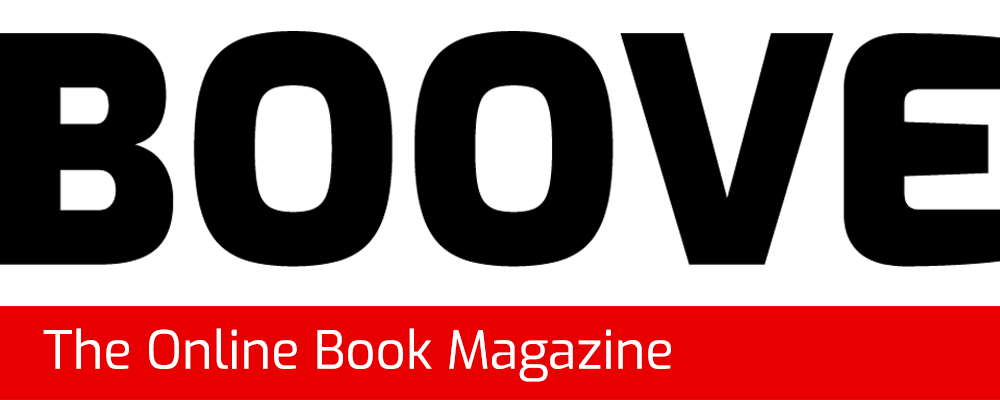Brooklyn, NY, October 15, 2021 – Dr. Cornelius Grove has a distinctive perspective on school reform: “Values account for the choices people make,” he says. “In our typical debates about reform, everyone’s point of view is driven, largely or entirely, by America’s foundational value, individualism. That underlying similarity ensures that transformational change will never occur.”
In A Mirror for Americans: What the East Asian Experience Tells Us about Teaching Students Who Excel, Grove offers insights into Americans’ typical ways of teaching and their underlying values by using East Asian primary education as a mirror “to see ourselves as others see us.”
East Asian students have always gained higher scores on the international comparative tests than American students. Grove explains this by distilling 50 years of anthropological research into East Asian primary schools. He then offers insights into East Asian teaching approaches and, more significantly, into the societal values shaping how East Asians teach young pupils.
But A Mirror for Americans, about teaching, provides only half of the explanation. The other half is about East Asian families and parenting, revealed by Grove in his 2017 book, The Drive to Learn: What the East Asian Experience Tells Us about Raising Students Who Excel.
“The purpose of my books,” explains Grove, “is to convey to the general reader the research findings from East Asia, where societal values unlike ours shape child-rearing and primary school teaching. There’s an ‘Aha!’ moment: If only we could think differently about children and their classroom learning, we could raise the level of our own youngsters’ performance.”
A Mirror for Americans concerns itself with preschool through grade 5, contrasting East Asian and American classroom cultures. Among the research-generated facts revealed are these:
- In preschool and grade 1, East Asian children are taught, and they practice, individual and group behaviors that promote their own learning and their teacher’s efficient lesson delivery.
- Teachers design lessons based on the internal logic of the content they are teaching, not on factors such as a need to motivate, to have fun learning, or to draw out pupil creativity. But they do present content so that all their pupils – slower and more advanced – will benefit.
- Whether a lesson is student-centered or teacher-centered doesn’t concern East Asians. East Asian lessons are knowledge-centered. This is Grove’s key explanation for why East Asian students have always outperformed their American peers on those international tests.
Explains Grove, “East Asian youngsters are molded into superior pupils by attitudes toward learning brought from home plus assumptions about teaching encountered at school. These facts serve as a mirror for Americans, enabling us to re-evaluate our opinions about how kids learn best – and about the values that drive our opinions – from an invigorating perspective.”
Author Cornelius N. Grove holds a Master of Arts in Teaching degree from Johns Hopkins and a Doctor of Education from Columbia. He has had a decades-long fascination with the cultural factors that affect children’s ability to learn in school. At a 2005 conference in Singapore, he spoke about the two instructional styles found around the world. In 2013 he wrote The Aptitude Myth: How an Ancient Belief Came to Undermine Children’s Learning Today, a historical study of why most Americans believe that inborn ability determines school performance. For two recently published encyclopedias (2015 and 2017), he wrote entries on “pedagogy across cultures.” And now with A Mirror for Americans and The Drive to Learn, he is revealing the complementary roles played by home and school in building children’s academic prowess.
For more information, please visit www.amirrorforamericans.info.
A Mirror for Americans: What the East Asian Experience Tells Us about Teaching Students Who Excel
Publisher: Rowman & Littlefield (Lanham, Maryland)
Hardback: ISBN 978-1-4758-4460-3
Paperback: ISBN 978-1-4758-4461-0
eBook: ISBN 978-1-4758-4462-7
Available from Rowman.com, Barnesandnoble.com, Amazon.com, and other booksellers.



